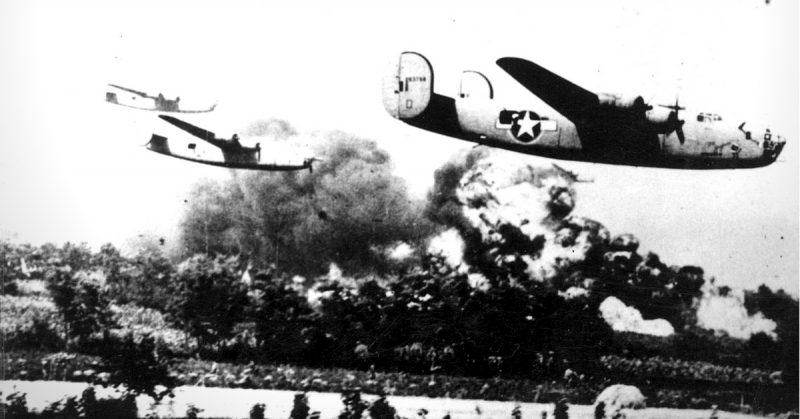Second lieutenant William H. Harth, Jr. was a bombardier on a B-24D heavy bomber in World War II. The Columbia, South Carolina, native was part of the first large-scale, low-altitude attack by US heavy bombers on the Nazi-run oil refineries in Ploesti, Romania.
Known as Operation Tidal Wave, the mission was one of the costliest air assaults for the US of the entire war. Harth was one of the 660 aircrew killed or wounded in what became known as “Bloody Sunday.” 53 US aircraft were shot down during the mission. To make matters worse, the mission failed to slow the flow of oil for the Nazis.
Harth’s niece, Bonnie Hipkins, said that the Germans knew they were coming.
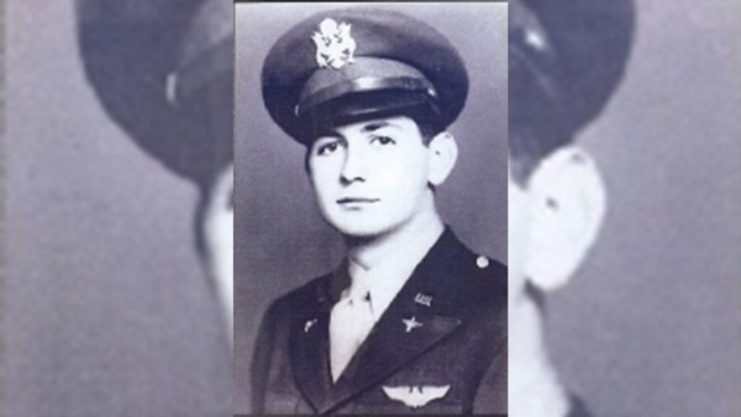
The American planes flew low along the southern side of the Transylvanian Alps and then turned toward the refineries. The intent was to hit the strategically important oil refineries and its associated targets without hitting the city itself. If performed as planned, the mission would destroy a third of the Nazis’ oil refining capability in less than twenty minutes.
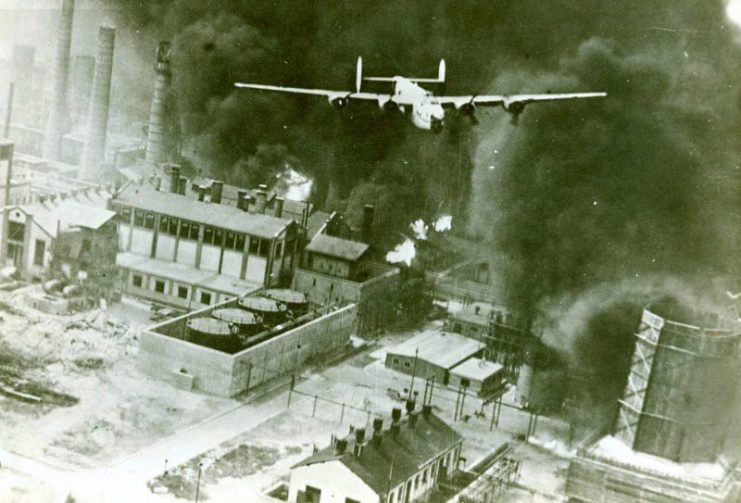
But the Germans were prepared for the Americans. No reconnaissance had been performed on the area in order not to alert the Germans so the pilots were completely unprepared for the flak batteries and fighter planes they encountered.
In the end, only two refineries were destroyed and three others damaged. 54 Liberator bombers were shot down and 310 airmen were dead with 300 wounded and another 108 taken prisoner.
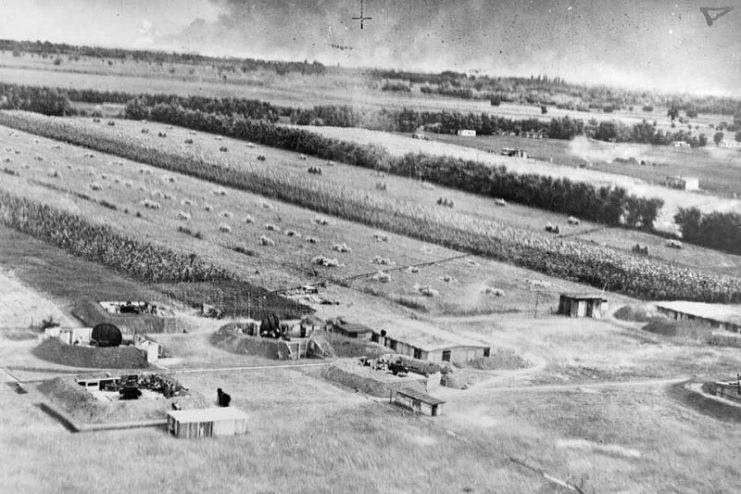
For over seventy years, Harth’s remains had lain buried in an American cemetery in Belgium, listed as “unknown.” However, last month, Hipkins received his remains in South Carolina. He was buried with full military honors in Fort Jackson National Cemetery. Harth received the Purple Heart and other decorations at the ceremony.
Harth was born in Columbia on February 27, 1921, to Velda Baxter Harth and William Henry Harth. He graduated from Columbia High School and then enlisted in the Army Air Corps. He was commissioned as an officer on October 10, 1942.
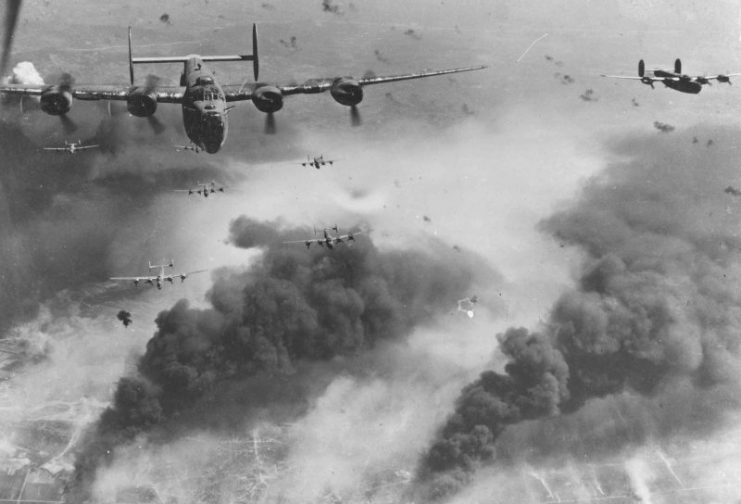
He was assigned to the 329th Bombardment Squadron (Heavy), 93rd Bombardment Group. The 93rd formed at Moody Air Base in Georgia. The group was known as the “Traveling Circus.” They first served in North Africa and then moved to Italy to support the Fifth Army.
After the raid, Romanian officials and civilians recovered the remains of American airmen and buried them in the Hero Section of the Bolovan cemetery. The American Graves Registration Command (AGRC) teams disinterred those remains and moved them to the American Military Cemetery in Belgium at Neuville-en-Condroz. That cemetery is now known as the Ardennes American Cemetery.
The AGRC teams were able to identify 145 airmen at that time, including three of Harth’s crewmates. The B-24Ds they flew had a crew of eight to ten.
Harth was listed as being non-recoverable. There was one set of remains, though, that resisted identification and were listed as Unknown X-5192 Neuville.
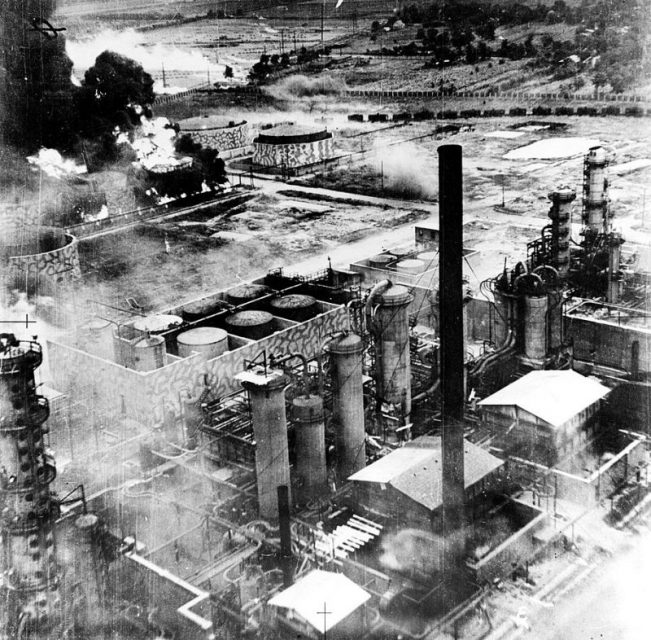
Once modern technology had advanced sufficiently, it was determined that X-5192 could probably be identified with new techniques. The remains were disinterred and sent to the Department of Defense POW/MIA Accounting Agency (DPAA) to be analyzed.
The DPAA scientists used mitochondrial and DNA analysis to match X-5192 to Harth’s family members. Dental records, anthropological evidence, and circumstantial evidence were used to further support the identification of X-5192 as Harth.
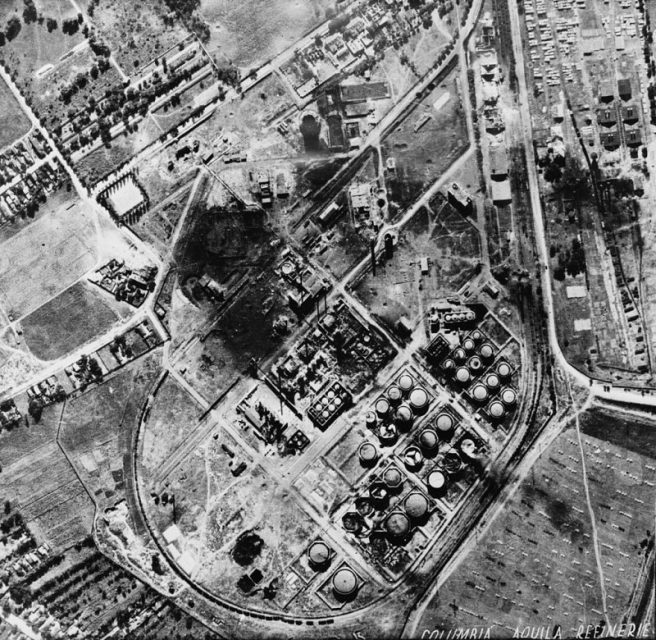
Harth’s name appears on the Tablets of the Missing at the Florence American Cemetery in Italy. A rosette will be placed beside his name to indicate that he has been found and accounted for.
None of Harth’s living relatives have any memories of him. His niece, Hipkins, was born six years after he died. Still, the family appreciates the efforts undertaken to bring their relative home.
